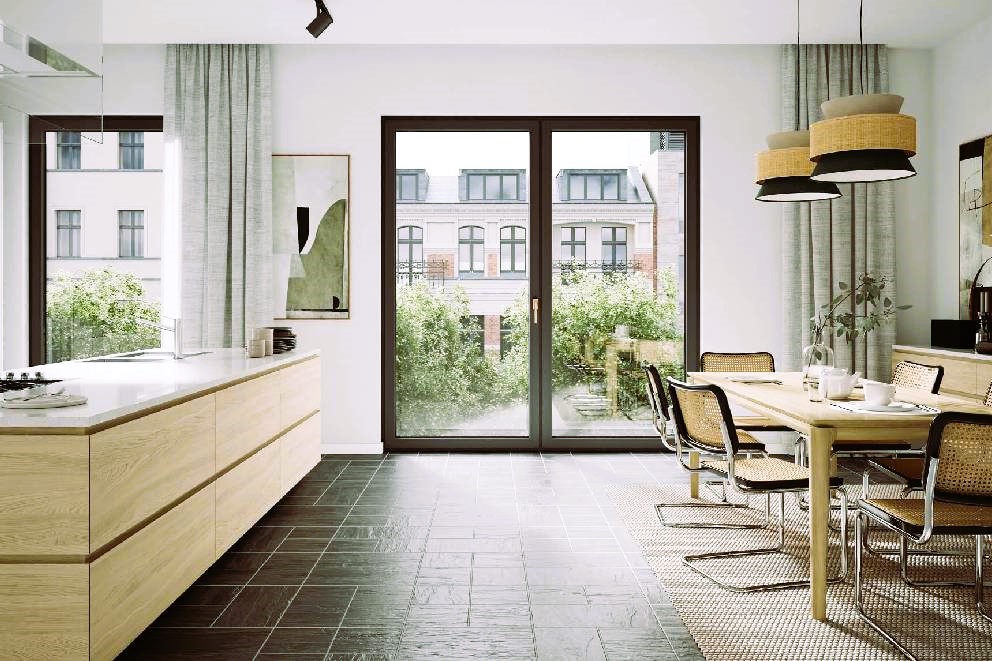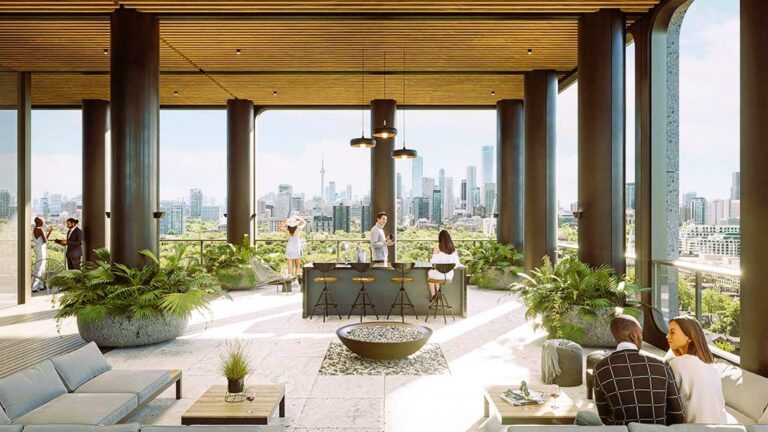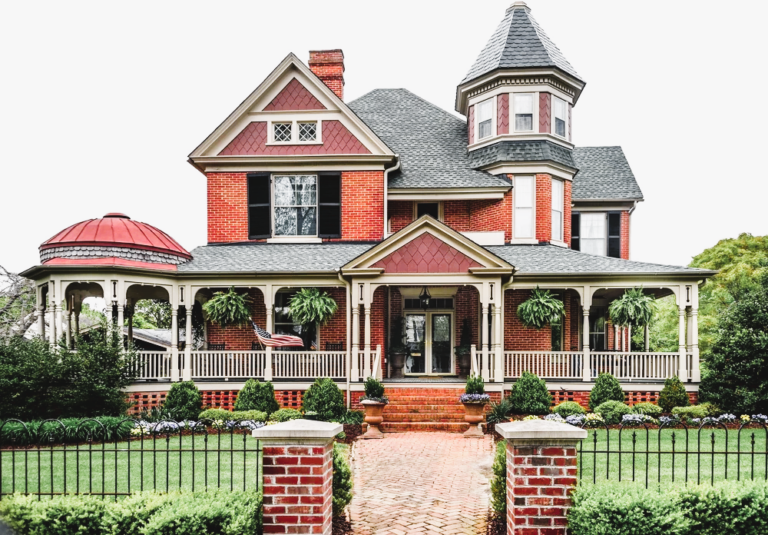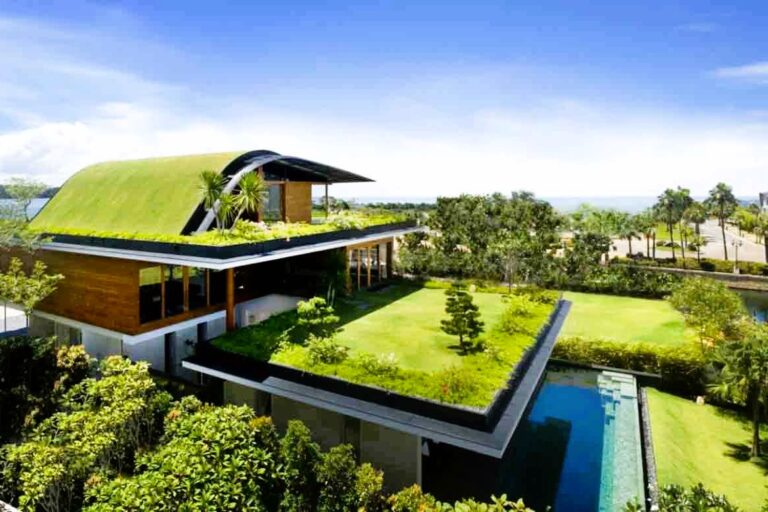Windows play a significant role in shaping the architectural aesthetics of a building. In Vancouver, a city renowned for its stunning landscapes and modern urban design, windows are not just functional elements but also design features that enhance the overall visual appeal of structures. This article explores the importance of windows as design features in Vancouver’s architectural landscape, highlighting their impact on aesthetics, functionality, and the connection between indoor and outdoor spaces.
The Intersection of Design and Functionality
Windows serve a dual purpose in architectural design: they allow natural light to flood interior spaces while offering views of the surrounding environment. In Vancouver, where the breathtaking natural scenery is an integral part of the city’s charm, windows act as frames that capture and showcase the beauty of the outdoors. Designers strategically position windows to maximize views of mountains, waterfronts, and lush greenery, creating a harmonious connection between the built environment and nature.

Architectural Styles and Window Designs
Vancouver boasts a diverse architectural landscape, ranging from sleek modern designs to heritage buildings that reflect the city’s history. Window designs vary across architectural styles, contributing to the unique character of each structure. Modern buildings often feature large, floor-to-ceiling windows that create a seamless transition between indoor and outdoor spaces, blurring the boundaries and inviting natural light to permeate the interior. In contrast, heritage buildings may showcase smaller, intricately designed windows that evoke a sense of nostalgia and authenticity.
The Influence of Sustainable Design
With sustainability at the forefront of contemporary design, windows also play a crucial role in energy efficiency and environmental responsibility. Vancouver’s commitment to green building practices is reflected in the incorporation of energy-efficient windows that minimize heat loss, control solar gain, and reduce reliance on artificial lighting and cooling systems. Additionally, eco-friendly materials used in window frames, such as recycled aluminum or sustainably sourced wood, contribute to the overall sustainability of the building.
Customization and Innovation
Window design in Vancouver goes beyond standard shapes and sizes. The city’s architects and designers embrace customization and innovation to create unique and striking window features. From geometrically shaped windows to curved glass panels, these customized designs add a touch of artistry and individuality to the architectural composition. Moreover, advancements in technology have led to the integration of smart windows that can adjust tint and transparency, enhancing privacy and energy efficiency while providing a futuristic aesthetic. Environmentally friendly methods and materials in interior design, more here.
Regulatory Standards and Safety
To ensure the safety and functionality of windows, Vancouver follows regulatory standards set by organizations such as the National Building Code of Canada and local building authorities. These standards cover aspects such as window size, fire safety, insulation, and structural integrity. Adhering to these standards not only ensures the durability and performance of windows but also contributes to the overall quality and safety of buildings.
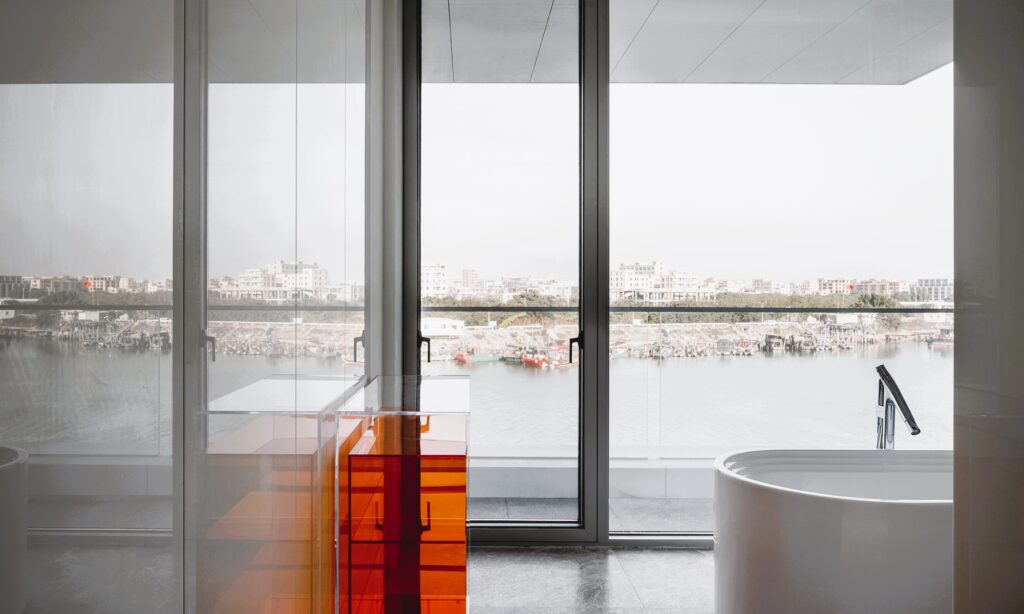
For more information on window design and architectural aesthetics in Vancouver, you can visit the following sources:
- City of Vancouver – Building and Renovating.
These sources provide valuable insights into the architectural styles, window designs, and building regulations specific to Vancouver, offering a comprehensive understanding of the city’s unique approach to incorporating windows as design features.
Conclusion
Windows serve as integral design features in Vancouver’s architectural landscape, combining functionality, aesthetics, and a strong connection to the surrounding natural environment. By strategically positioning windows, embracing sustainable design principles, customizing window features, and adhering to regulatory standards, architects and designers contribute to the visual appeal, energy efficiency, and overall quality of buildings in Vancouver.

